Disastrous mistakes that changed the world forever
Have you ever wondered how a tiny mistake can lead to monumental consequences? This phenomenon, often described as the ‘butterfly effect,’ illustrates how small errors can escalate into significant events.
From historical blunders to technical mishaps, the ripple effects of these mistakes have left an indelible mark on history. Let’s dive into some fascinating instances where minor oversights had far-reaching impacts, showcasing the unpredictable nature of human error.
The Titanic: Ignoring Iceberg Warnings
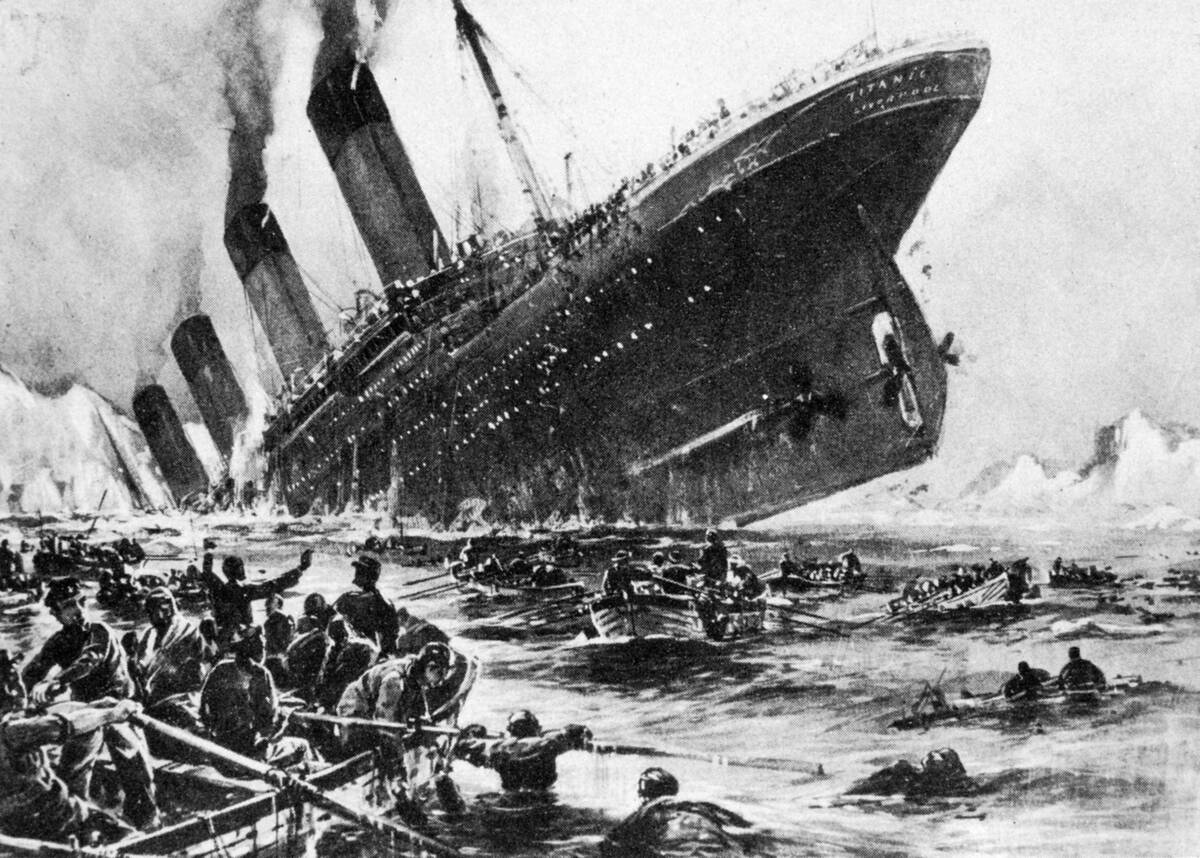
The Titanic, hailed as the ‘unsinkable’ ship, met its fate due to ignored warnings about icebergs. On the night of April 14, 1912, the ship received multiple iceberg warnings but continued at high speed.
The collision with the iceberg resulted in the sinking of the Titanic, leading to the loss of over 1,500 lives. This tragic event highlighted the importance of heeding warnings and the catastrophic consequences of overconfidence.
Chernobyl Disaster: A Failed Safety Test
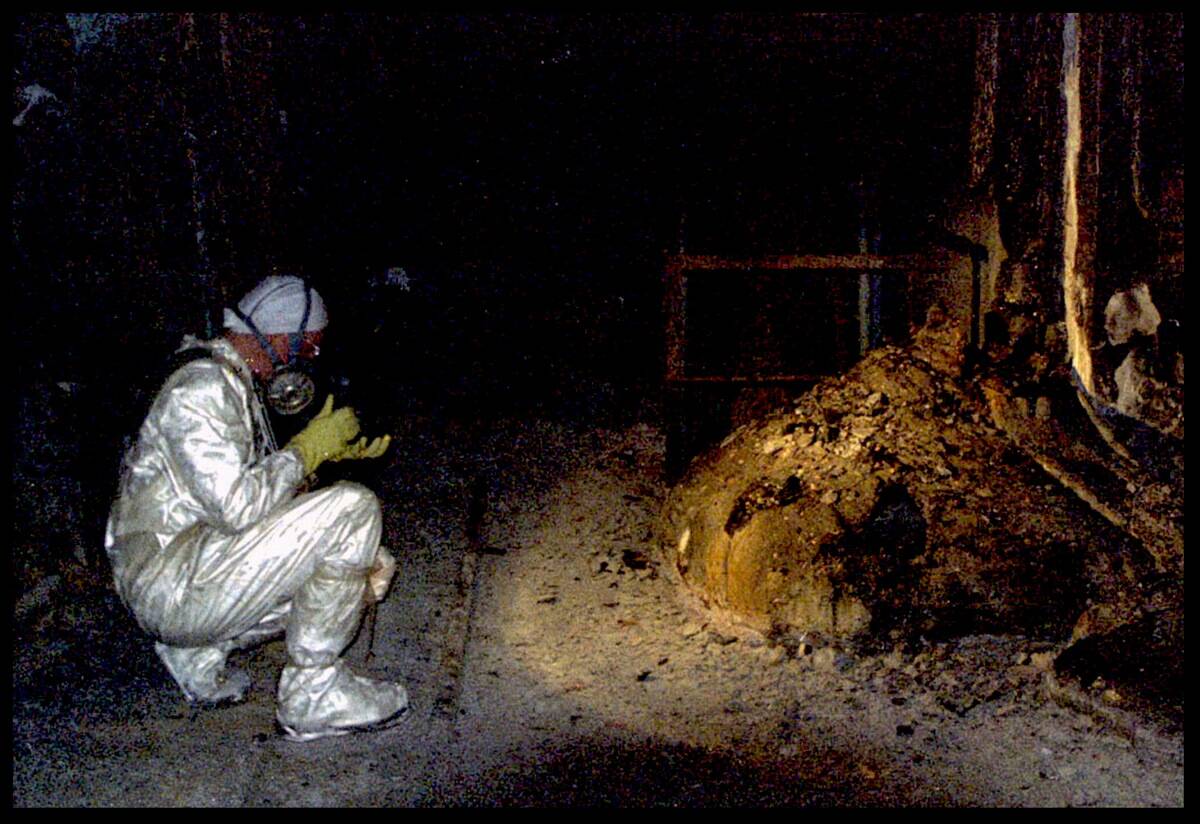
The Chernobyl disaster in 1986 was the result of a failed safety test at the nuclear power plant in Ukraine. During a routine test, operators disabled critical safety systems, leading to a catastrophic explosion.
The disaster released a massive amount of radioactive material into the atmosphere, affecting millions of people and causing long-term environmental damage. This incident serves as a grim reminder of the importance of prioritizing safety over procedural shortcuts.
The Mars Climate Orbiter: Metric vs. Imperial Mix-up
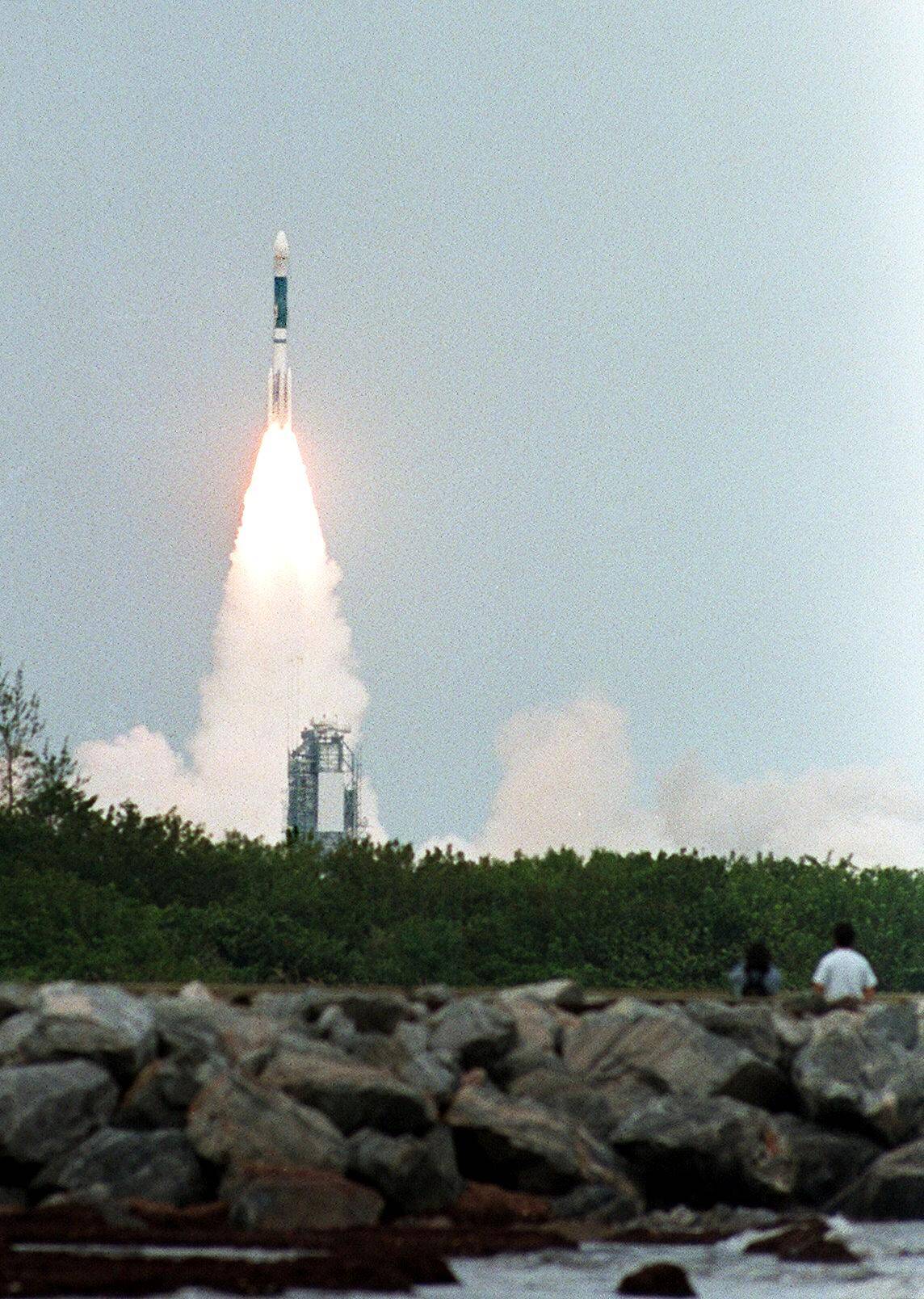
In 1999, NASA’s Mars Climate Orbiter disintegrated upon entering Mars’ atmosphere due to a measurement mix-up. Lockheed Martin used United States customary units, while NASA used the Internal System of Units, causing a navigation error.
This error led to the $327.6 million project’s total failure.. The incident emphasizes the critical need for consistency in measurement systems, especially in international projects, to avoid costly mistakes.
The Charge of the Light Brigade: Miscommunication on the Battlefield
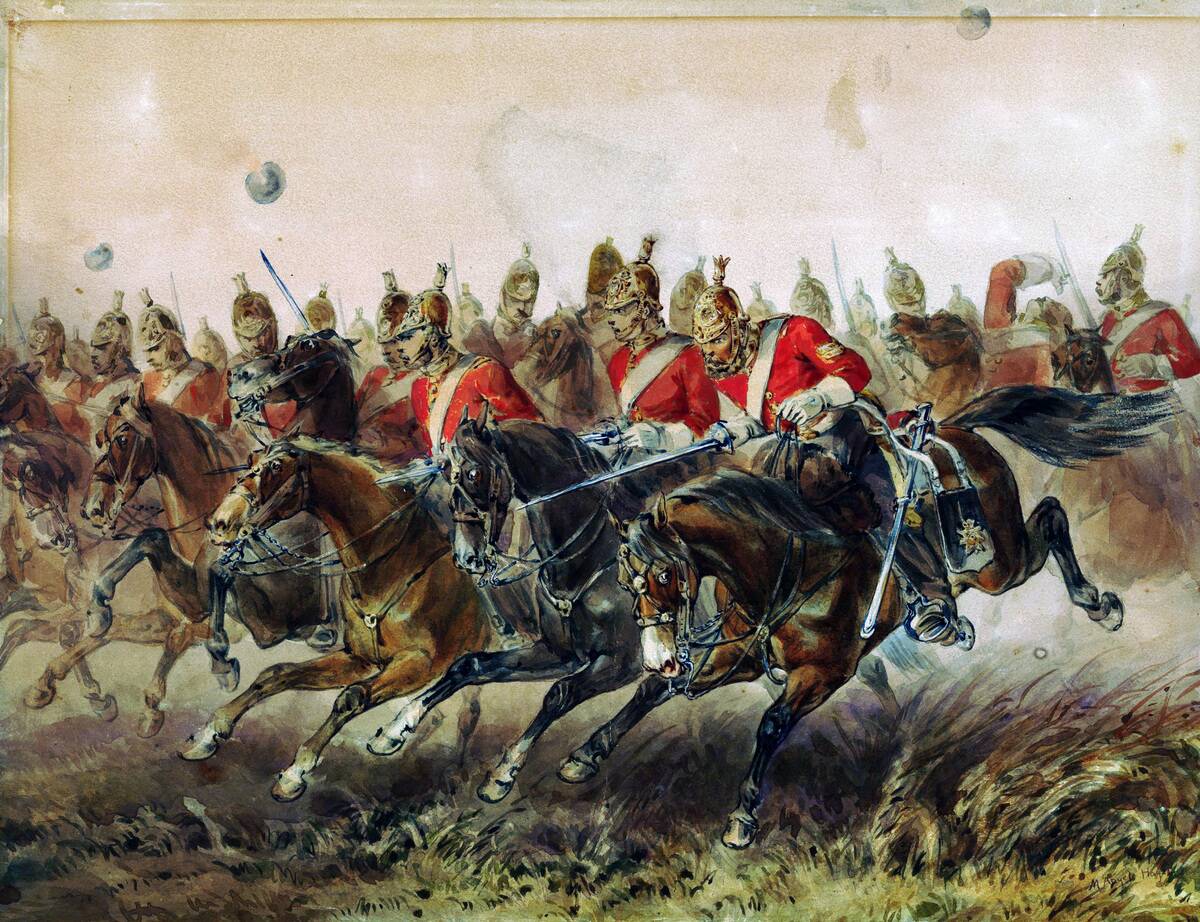
The Charge of the Light Brigade during the Crimean War in 1854 was a result of miscommunication. A vague order led the British cavalry to charge directly into Russian artillery, resulting in heavy casualties.
The tragedy was immortalized in Alfred Lord Tennyson’s poem, highlighting the perils of unclear communication in military operations. This event remains a classic example of the devastating effects of communication failures in high-stakes situations.
The Bay of Pigs Invasion: A Miscalculated Military Operation
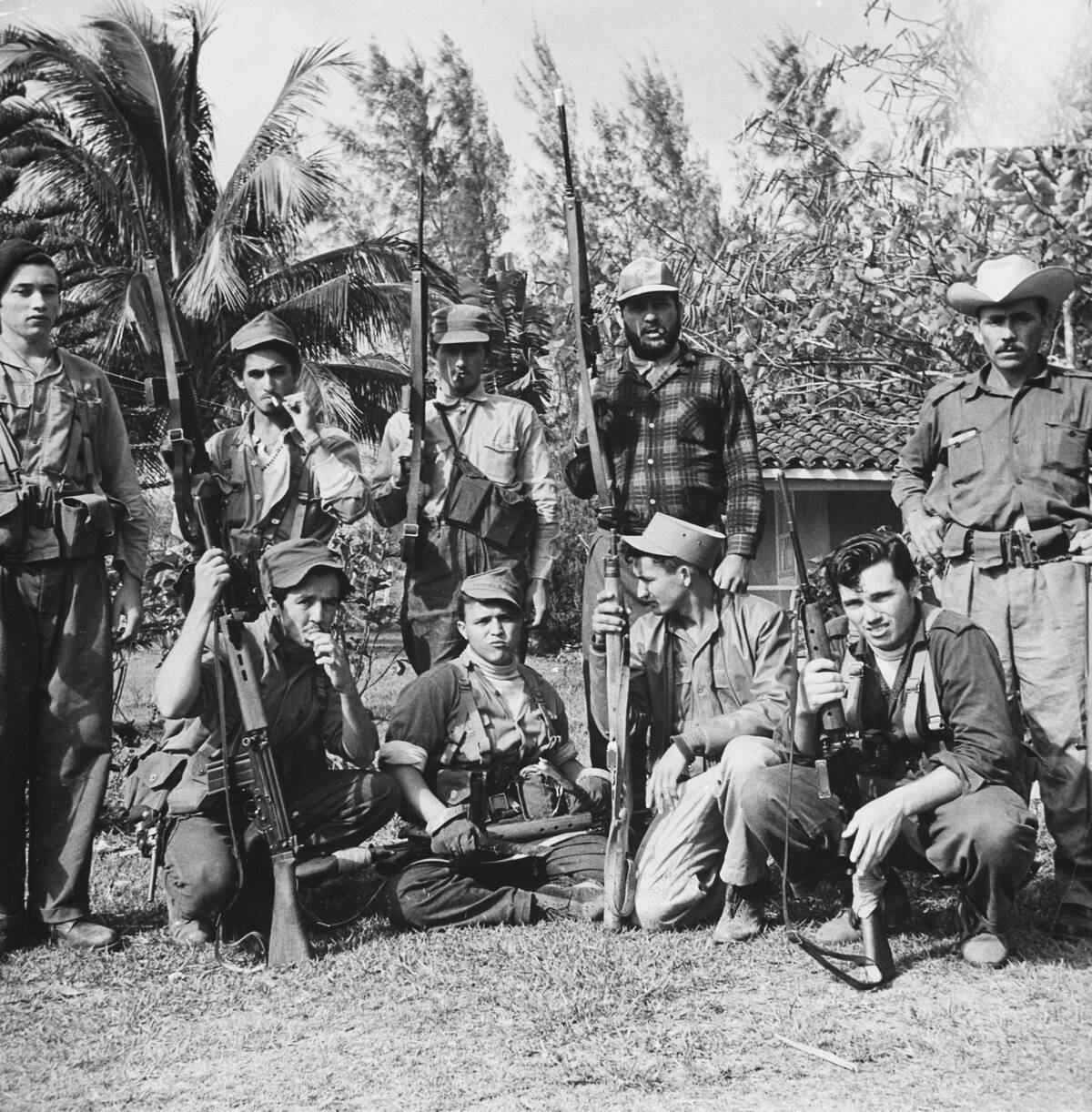
The Bay of Pigs Invasion in 1961 was a failed attempt by the United States to overthrow Cuban leader Fidel Castro. Poor planning, lack of air support, and underestimation of Cuban forces led to a swift defeat.
The debacle was a significant embarrassment for the Kennedy administration and strained U.S.-Cuba relations. This incident is a stark reminder of the importance of thorough planning and understanding the geopolitical landscape before military engagements.
The Sinking of the Vasa: Overconfidence in Naval Design
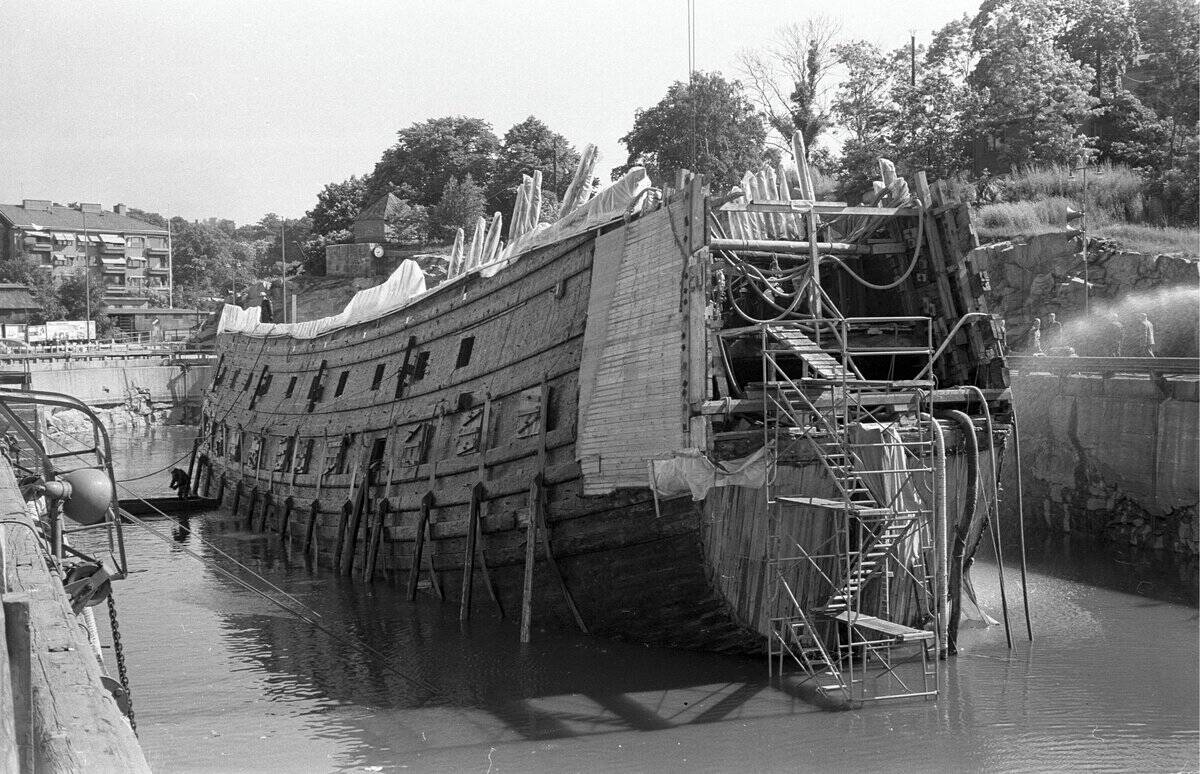
In 1628, the Swedish warship Vasa sank on its maiden voyage due to design flaws. The ship was top-heavy with insufficient ballast (not that the ballast would have ultimately matter with such a flawed design), causing it to capsize shortly after setting sail.
The Vasa’s sinking was a result of overambitious design and failure to conduct proper stability tests. The wreck was salvaged in 1961 and is now a popular museum exhibit in Stockholm, serving as a lesson in the necessity of engineering prudence.
The Exxon Valdez Oil Spill: Navigational Errors and Environmental Catastrophe
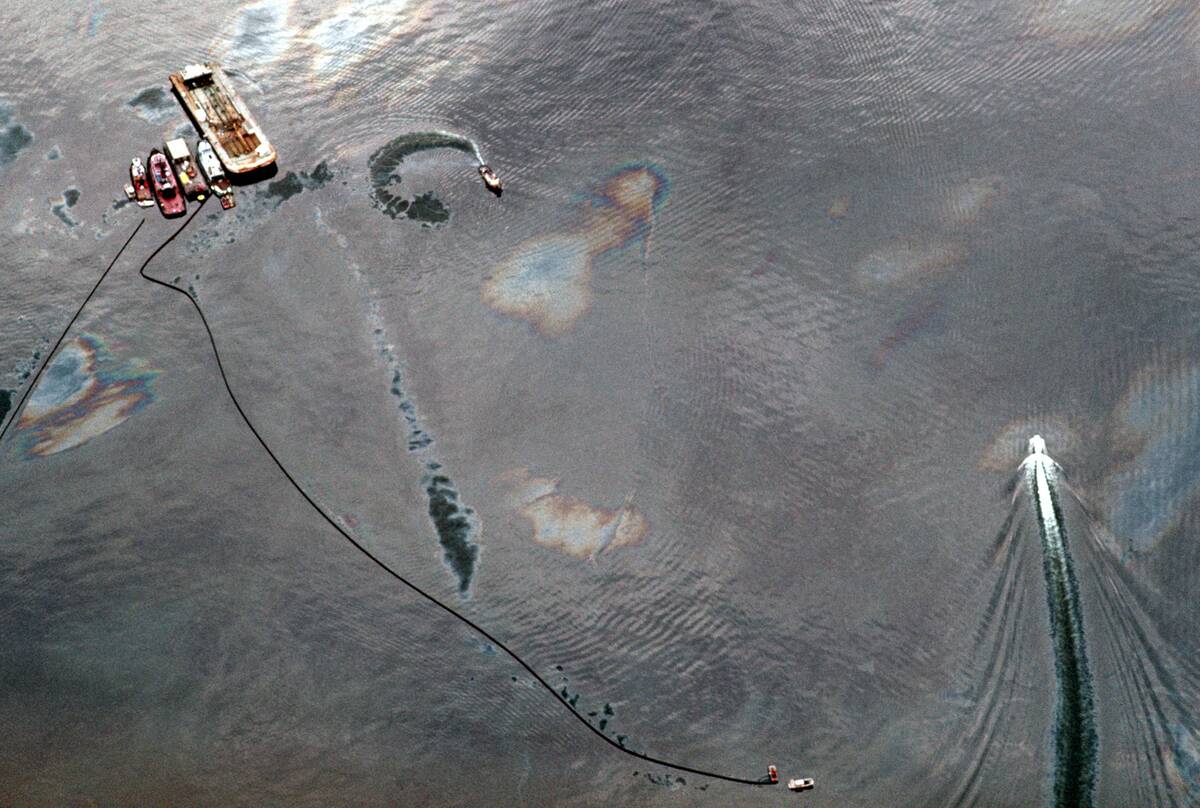
In 1989, the Exxon Valdez oil tanker struck a reef in Alaska’s Prince William Sound, spilling 10 million gallons of crude oil. The incident was caused by navigational errors and crew fatigue, leading to one of the most devastating environmental disasters in history.
The spill had severe ecological impacts, affecting marine life and local communities. It highlighted the need for stringent navigational protocols and environmental safeguards in the shipping industry.
The Edsel Launch: Misreading Consumer Desires

Ford’s launch of the Edsel in 1957 is infamous for its failure to resonate with consumers. Despite extensive market research, the car’s design and features did not meet customer expectations, leading to poor sales.
The Edsel’s failure cost Ford $250 million and became a symbol of misjudging consumer preferences. This case study underscores the importance of understanding market trends and consumer desires in product development.
Napoleon’s Invasion of Russia: Underestimating Winter
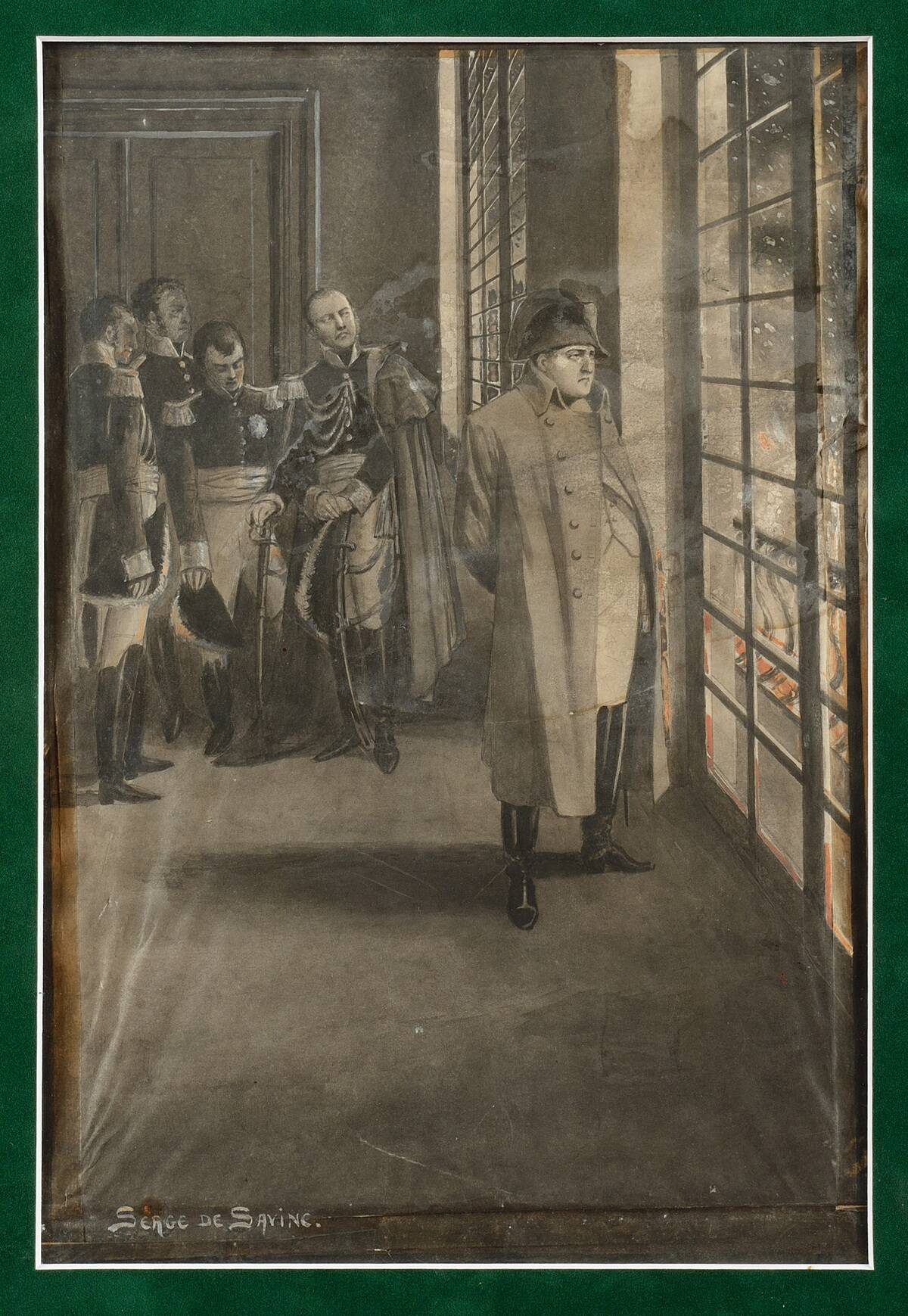
Napoleon’s invasion of Russia in 1812 was a strategic miscalculation that ended in disaster. The French army was unprepared for the harsh Russian winter, leading to massive losses from cold and starvation.
Only a fraction of the original force survived the retreat. This ill-fated campaign demonstrated the critical importance of logistical planning and the perils of underestimating nature’s forces in military strategy.
The Challenger Explosion: Ignored Safety Warnings

The Challenger Space Shuttle disaster in 1986 was a result of ignored safety warnings about the O-rings in cold weather. Engineers had expressed concerns, but the launch proceeded despite the risks.
The shuttle exploded 73 seconds after liftoff, killing all seven crew members. The tragedy highlighted the dangers of prioritizing schedules over safety and prompted significant changes in NASA’s safety protocols and decision-making processes.
The Hindenburg Disaster: The Flammable Airship
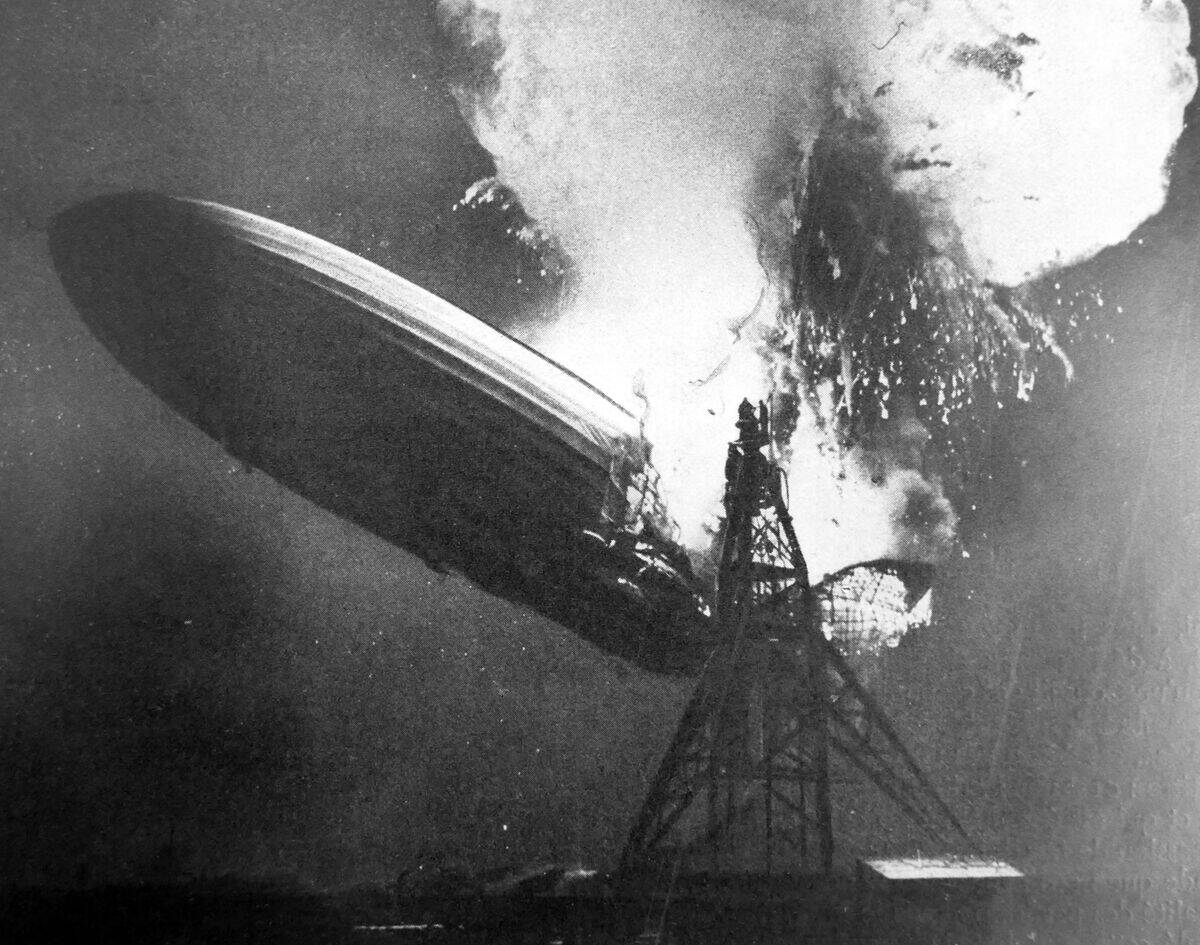
The Hindenburg disaster in 1937 marked the end of the airship era. The German zeppelin caught fire while docking in New Jersey, killing 36 people. The use of flammable hydrogen gas instead of helium was a cost-cutting decision that proved catastrophic.
The dramatic event, captured on film and radio, underscored the risks of using hazardous materials and had a lasting impact on the future of air travel safety standards.
The War of Jenkins’ Ear: A Conflict Sparked by a Severed Ear
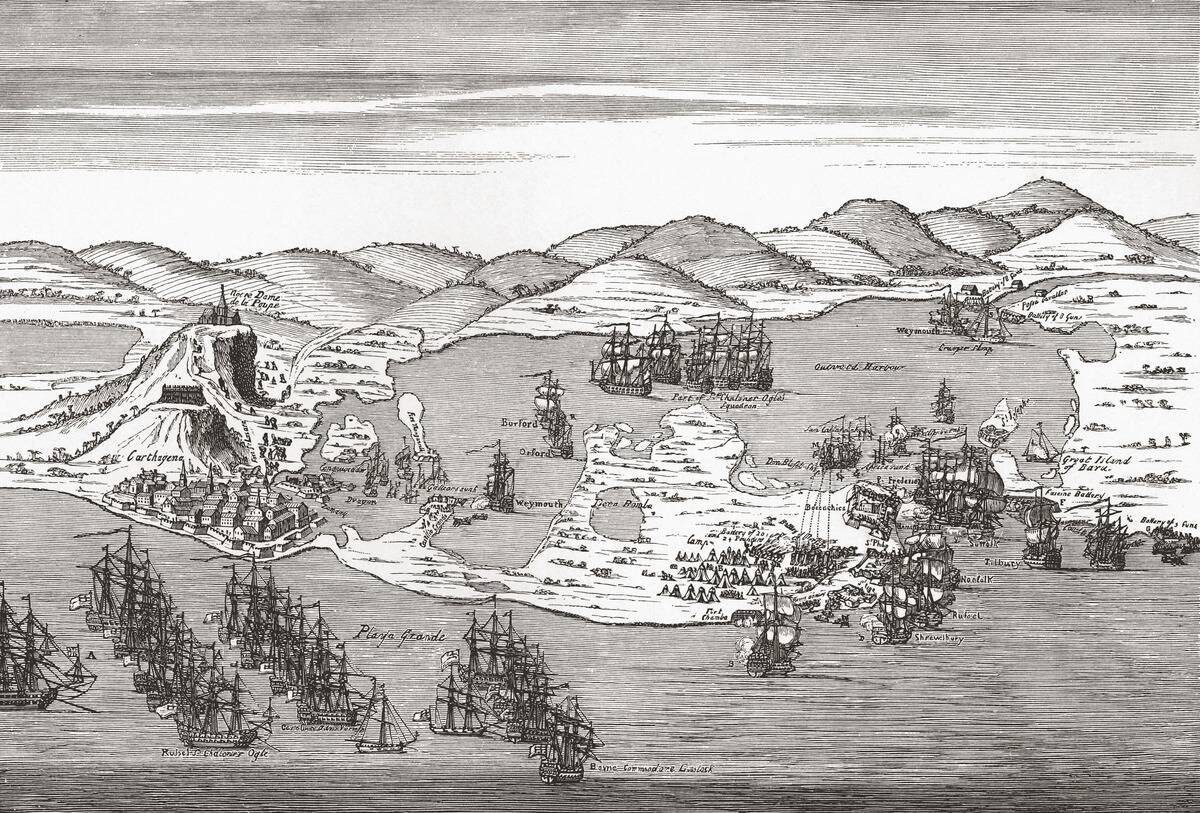
The War of Jenkins’ Ear, fought between Britain and Spain from 1739 to 1748, was ignited by an unusual incident. British captain Robert Jenkins presented his severed ear to Parliament, claiming Spanish authorities had cut it off.
This sparked public outrage and led to the declaration of war. While the conflict was part of larger geopolitical tensions, it’s a curious example of how minor incidents can escalate into broader conflicts.
Kodak’s Digital Camera Dilemma: Missing the Digital Boat

Kodak, once a giant in the photography industry, missed the digital revolution despite inventing the first digital camera in 1975. Fearing it would cannibalize their film sales, Kodak delayed embracing digital technology.
This hesitation allowed competitors to dominate the market, leading to Kodak’s eventual bankruptcy in 2012. The company’s downfall is a cautionary tale about the dangers of resisting technological change and the need for innovation.



